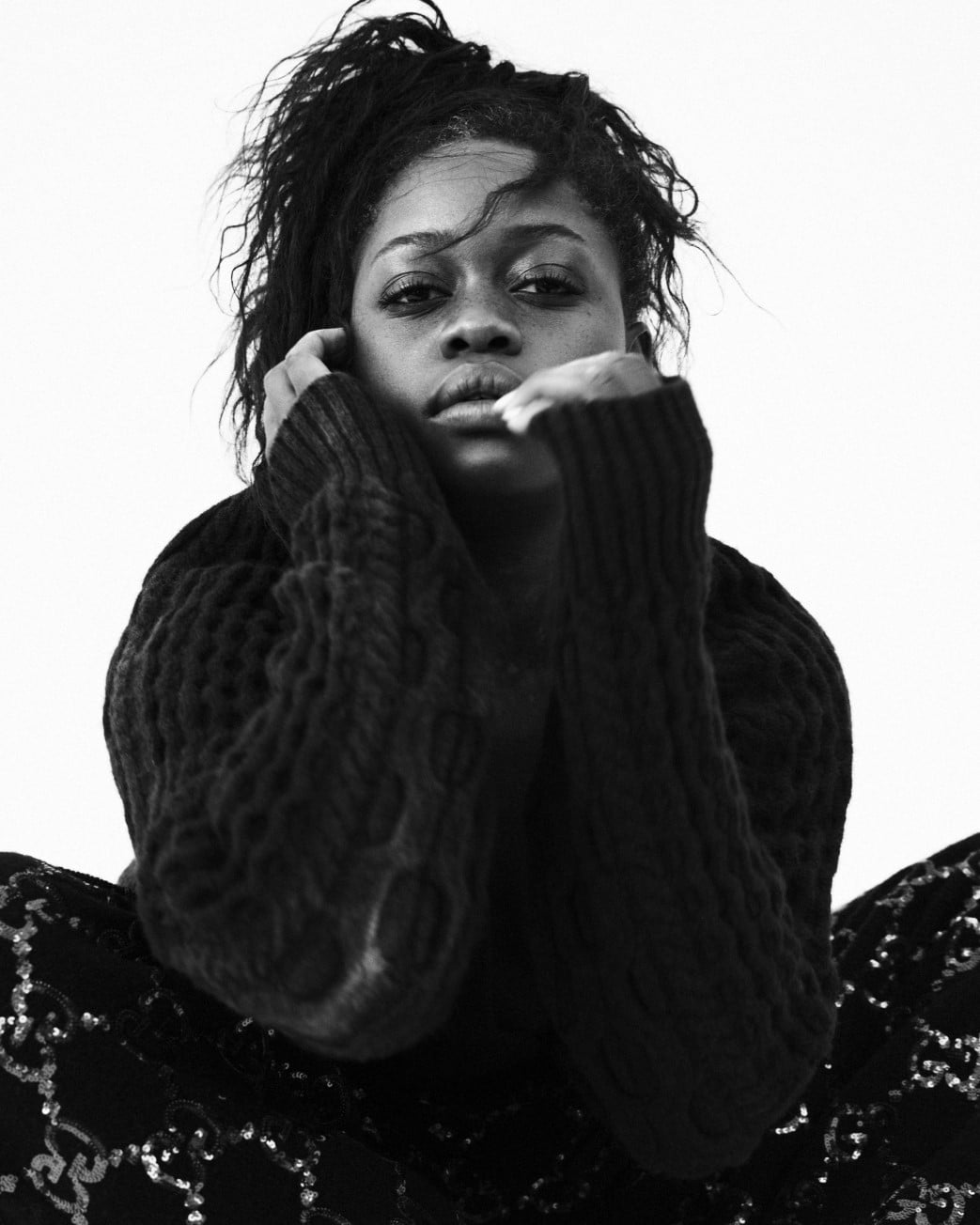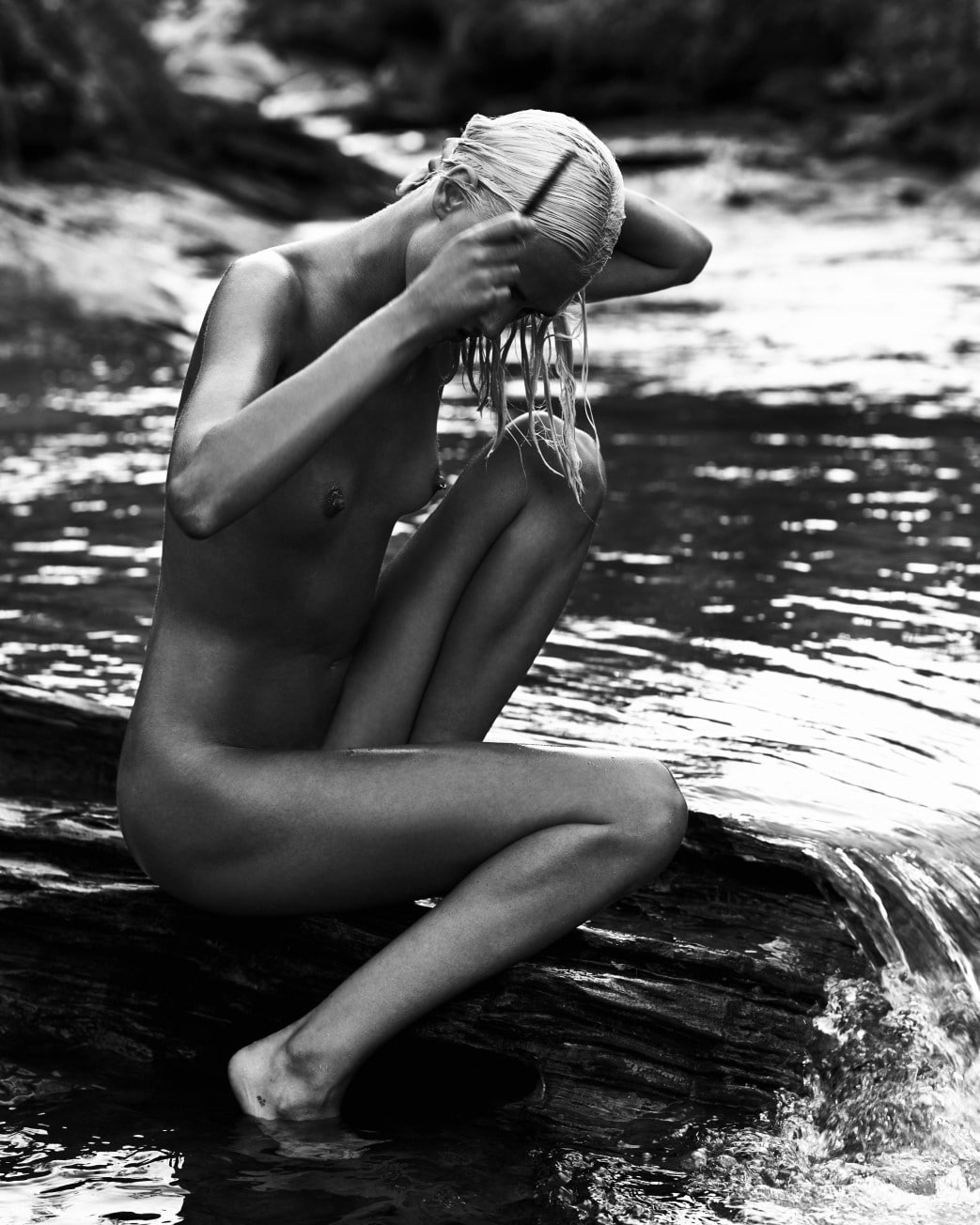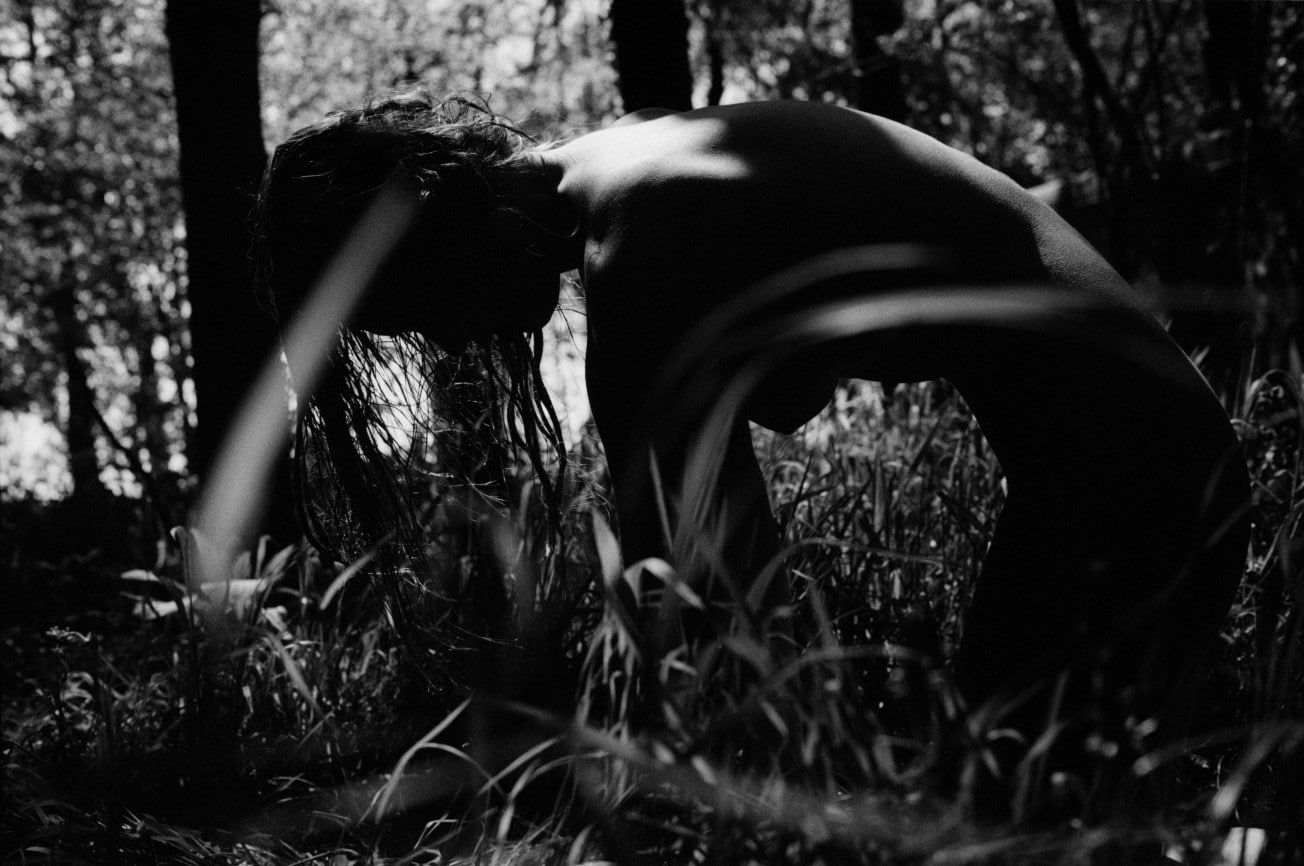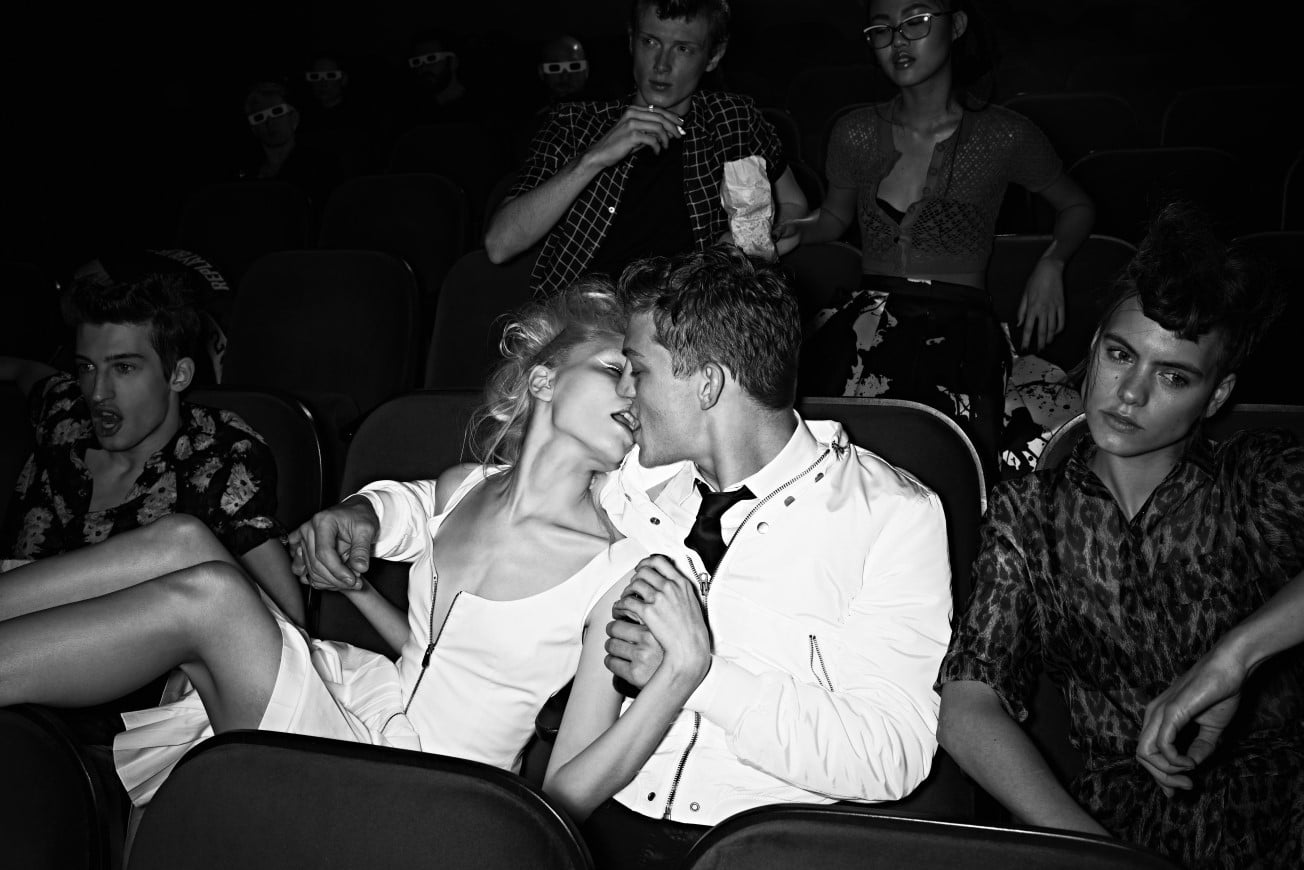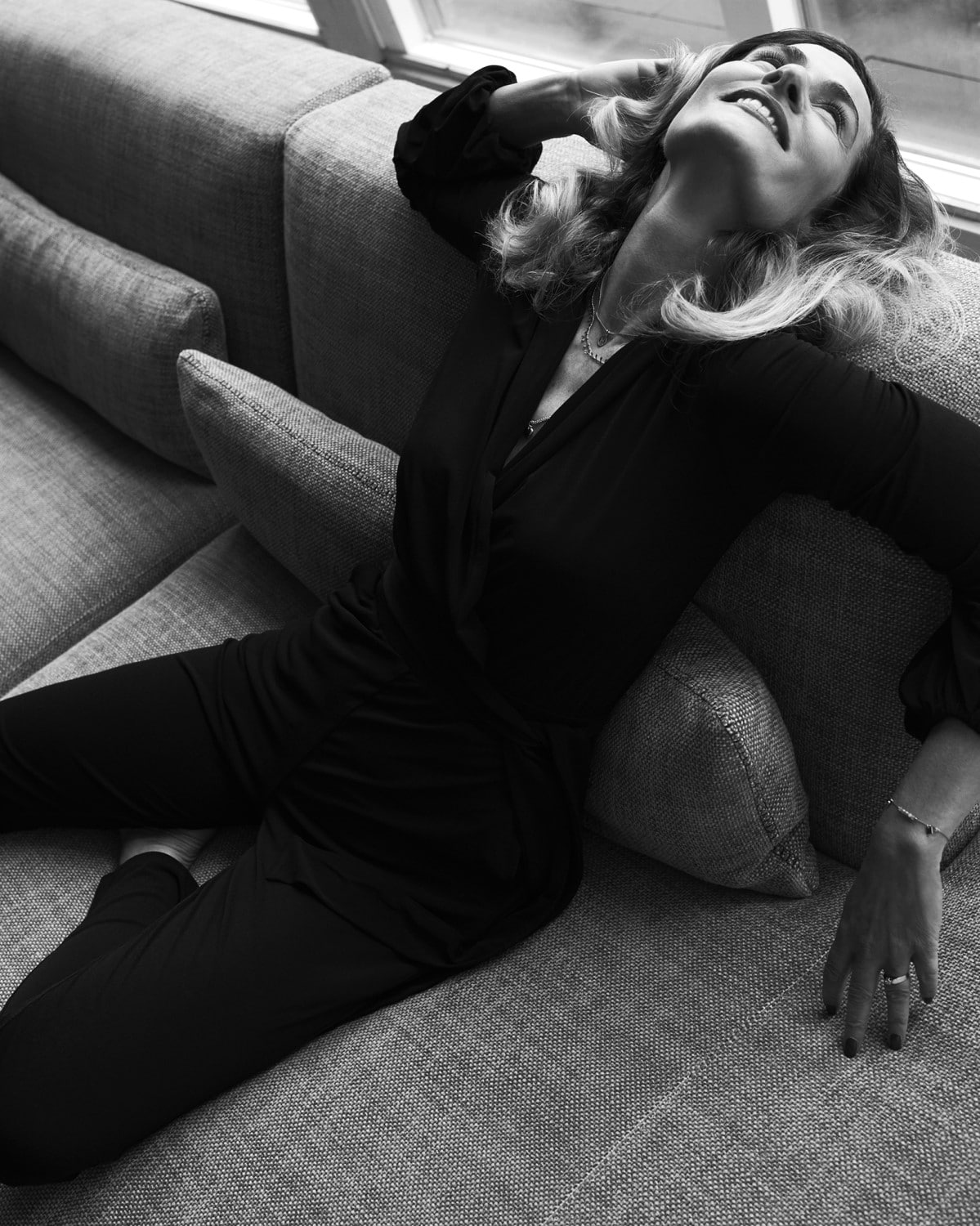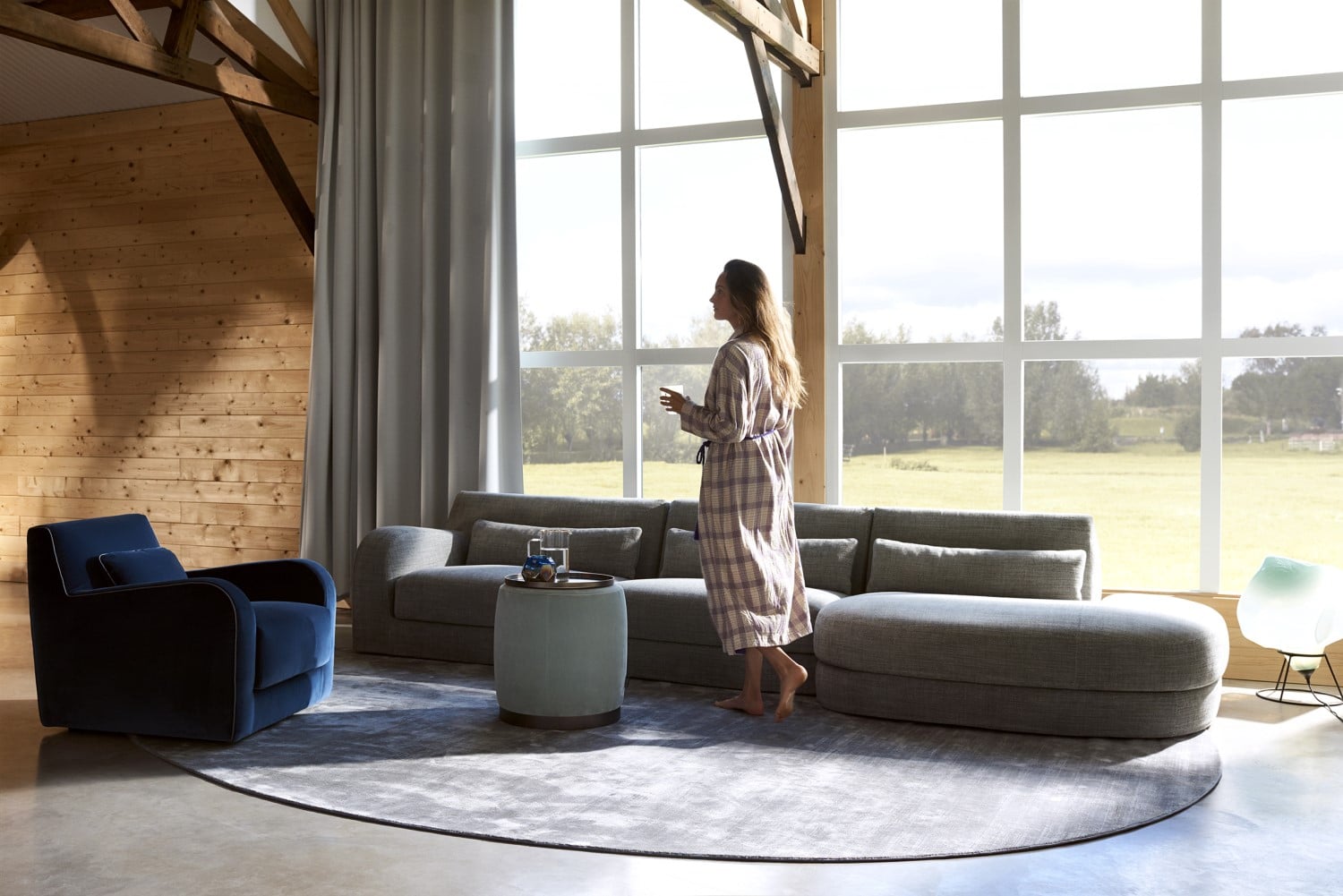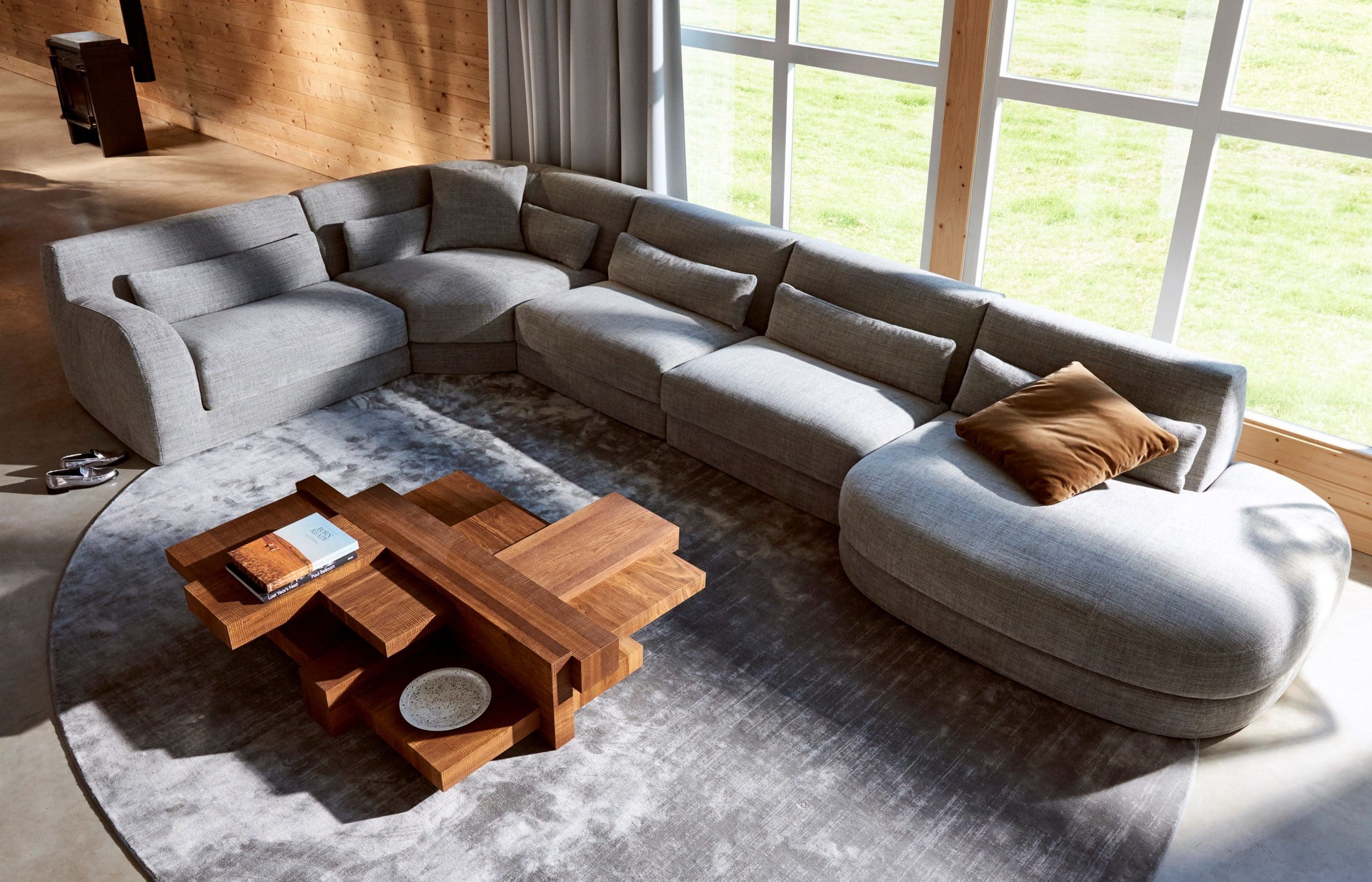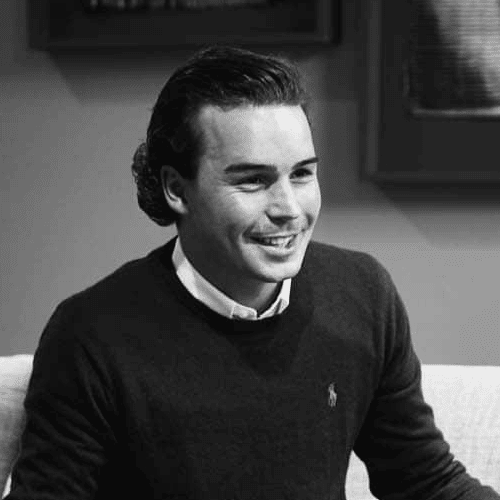
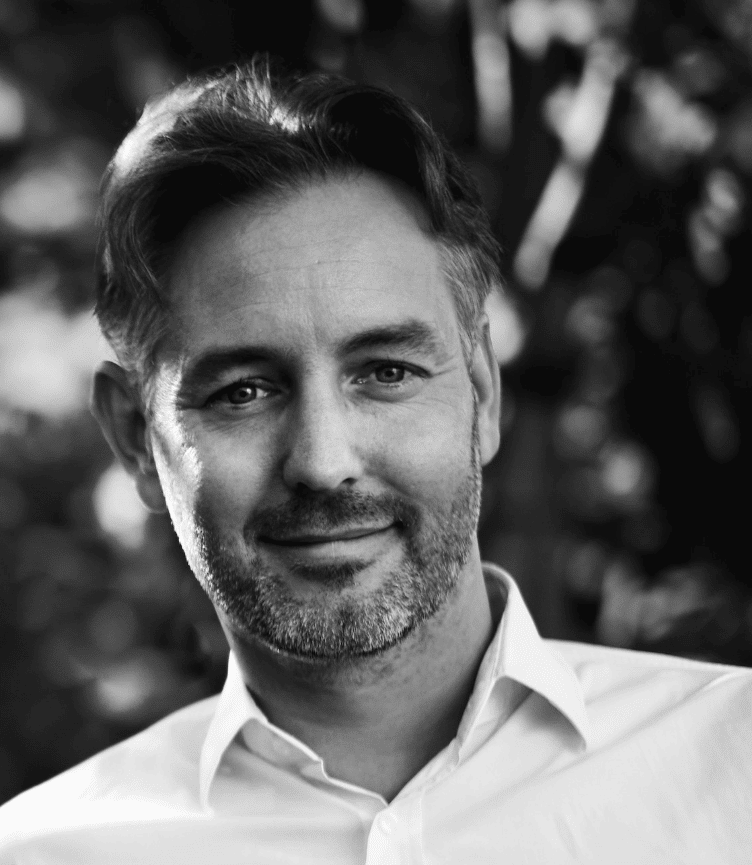
We are happy to help you
If you have any questions or comments, you can contact us in several ways.
Your feedback is welcome
Did you find an error or is something not working. Tell us what you think of our website
Your feedbackLight, the signature of the photographer
by Paul Bellaart
‘Drawing with light´, from the Greek ‘phos’ and ‘gráphein’. That is literally the meaning of photography. Without light, photography has no raison d’être. But what you do with that light, defines a photographer’s signature. And Paul Bellaart is happy to be led by coincidence.
‘The fact that many magazines keep opting for blue skies and sunshine in a fashion shoot, is something I just don’t understand. The shadows are where the exciting stuff happens. I prefer outdoor shoots and to me, there is no such thing as bad weather. Dry is enough. I never bring extra lighting with me. Sometimes, I’m almost embarrassed, when I see other teams at work with all the trimmings. I like keeping it small, so that I am part of the situation. That’s when it feels like a real experience, for the viewer as well, even though it has been staged.
A link with Ed van der Elsken’s work is indeed there. I’m a fan. His work appears to be completely spontaneous, but what is the definition of staging? If you seek out or provoke the situation, you trigger a reaction. That is also what I do: staging coincidence. Whatever happens, it’s alright. I trust something will occur and it’s often the mishaps that provide the best moments. You take a lot of pictures during a shoot and they carry this arc of tension. But the most interesting photos are often those made in the beginning, in the run-up. It is the Polaroid moment: in analogue photography you would start by making a few Polaroids to check the setting. And those are the most candid photos, a bit more naïve.
Dutch light is a given for me. It is there, so it is represented in our visual language. Rembrandt with his small candle, Ruysdael with his clouds, or Vermeer with his single window. And later also by photographers, such as Johan van der Keuken in Behind Glass or Gerard Wessel with his hand-held flash.
Light and shadow feature strongly in my work, because I prefer black and white. Black and white gets you to the essence faster. You are not distracted by colour, there is less static. Actually, conjuring up images without showing them is what I enjoy most. That is why, for me, the hierarchy in art is: music at number 1, dance second and photography third.
There is another reason for my use of black and white: I enjoy shoots in the countryside, but Dutch fields are an ugly shade of green. I hate their desolate monoculture. Have you read Jan Wolkers’ De Achtertuin [The Backyard, ed.]? He was fascinated by the abundance of life on that small piece of earth. I am the same. When I was 10, I corresponded with Dr Dolf Boddeke, a biologist specialised in shrimps. And I would join the adults, determining birds. Basically, I am still that little boy with a bucket and spade, who sat for hours peering into a ditch.’

